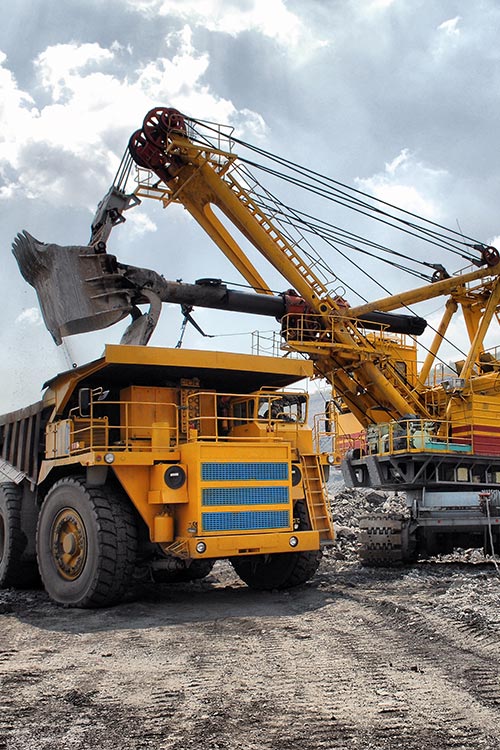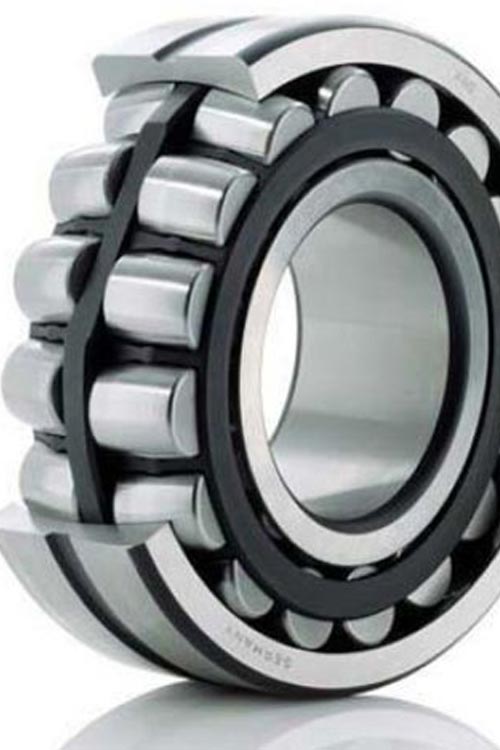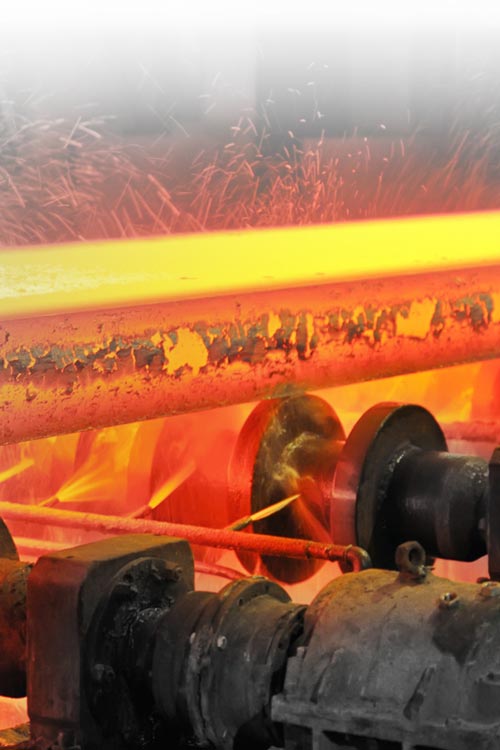SKU 110310
Category Greases
Synthetic Bearing Grease
CORFIN PE 461
Synthetic Bearing Grease Advantages
All components used in the production of Corfin Pe 416 grease allow it to operate over a wide temperature range and provide continuous lubrication. The high viscosity of the base oil provides excellent protection even under extreme loads.
WHAT IS SYNTHETIC BEARING GREASE?
Synthetic bearing grease has traditionally been the most widely used lubricant for rotating machine components such as bearings. It is mainly composed of a lubricant and a thickener. The thickener acts as a carrier for the lubricating component, holding the lubricant between the lattice-like fibers.
During the operation of machines, temperatures gradually increase and as a result, oil leaks from the grease and lubricates the surfaces inside the bearings. Traditional petroleum-based and synthetic greases use thickeners made from metallic substances such as lithium or calcium. The main reason they are formulated with additives is to meet extreme pressures, extreme vibration or any other demanding requirements.
The difference between conventional synthetic grease and Corfin Pe 416 synthetic bearing grease can be found in the quality of the lubricants. Conventional greases use petroleum-based products such as mineral oil. Corfin brand grease is formulated using synthetic hydrocarbon base oil and polyurea thickeners. As a result, they can withstand extreme temperatures and maintain lubrication effectiveness better than conventional greases.

Wide operating temperature ranges from -30 °C to 200 °C
Excellent wear protection thanks to its special additives.
High retention and long service life
Synthetic Bearing Grease Features
- Synthetic bearing grease keeps the material running even under high loads without allowing it to deteriorate.
- Excellent corrosion protection
- Synthetic bearing grease plays an important role in the support bearings of pinions.
- It has a structure resistant to high temperatures.
- It is resistant to extreme pressure and vibration.

Synthetic Bearing Grease Usage Areas
Which Industries
Should Prefer?
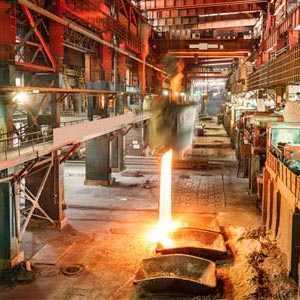
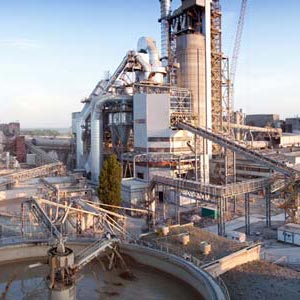

You can contact us for any questions you may have
YOU MAY
ALSO
INTEREST
PRODUCTS
Synthetic Bearing Grease Tech Data
| ANALİZLER | STANDART | BİRİM | SONUÇ |
|---|---|---|---|
| Color | Beige | ||
| Appearance | Homogeneous | ||
| Thickener | Polyurea | ||
| Base Oil | SHC | ||
| Base Oil Viscosity (cst) at 40 °C | ASTM D445 | 460 | 460 |
| Temperature Range | °C | -30 / 200 | |
| NLGI Class | 1 / 2 | ||
| Dropping Point | ASTM D2265 | °C | > 230 |
| Seperation from Oil (% weight) 30 hours / 100 °C | ASTM D6184 | %wt | % 6,00 |
| Seperation from Oil (% weight) 7 days / 40 °C | IP 121 | %wt | 1,50 |
| Rust Test | ASTM D1743 | Pass |
Synthetic Bearing Grease Frequently Asked Questions
Contact Form
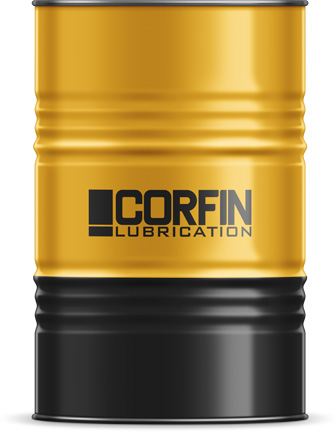
MADE IN
TÜRKİYE
FOR ALL ORDERS
FREE SHIPMENT
ON-SITE PROBLEM
DETECTION
TECHNICAL
CONSULTING
ADVANTAGES OF USING SYNTHETIC BEARING GREASE
Conventional petroleum-based greases can soften at high temperatures, causing oil leakage. The upper temperature limit for conventional greases is about 140°C (285°F). However, Corfin Pe 416 synthetic bearing greases have better mechanical stability under these conditions. As a result, it is traditionally used in automotive engine and other automotive applications.
Synthetic greases also excel at the opposite extreme, in low temperature, low torque applications. A typical example is wheel bearings, which must rotate smoothly even at low temperatures. In contrast, conventional greases can harden and lose their effectiveness at low temperatures.
This can prevent the bearing’s rolling elements from rotating, especially at startup and under light loads. Similarly, machine tool spindles, industrial fans and other high-speed applications often require synthetic bearing greases that run quieter than standard greases at high speeds.
Because of their temperature and performance characteristics, synthetic greases are often used in equipment that operates outdoors. They can also be specially formulated to withstand exposure to extreme humidity.
As a result, synthetic bearing greases are used to re-lubricate motors, wheels, chains, cranes and oscillating equipment on a variety of rides. Synthetics are also increasingly used in construction and mining applications.
The information contained on this page is based on our current experience and is intended to provide information on appropriate use or application based on technical experience. It does not constitute a warranty or guarantee for the product. It is recommended that you contact us for your specific applications and for more comprehensive information. Akoni Kimya reserves the right to change all of the information on this page without notice.
SKU 110310
Category Greases
Synthetic Bearing Grease
CORFIN PE 461

THICKENER
Polyurea
BASE OIL
SHC
NLGI
1, 2
1 kg, 18 kg, 180 kg
1-3 Weeks
-
MADE IN
TÜRKİYE
-
FOR ALL ORDERS
FREE SHIPMENT
-
ON-SITE PROBLEM
DETECTION
-
TECHNICAL
CONSULTING
Synthetic Bearing Grease Advantages
All components used in the production of Corfin Pe 416 grease allow it to operate over a wide temperature range and provide continuous lubrication. The high viscosity of the base oil provides excellent protection even under extreme loads.
WHAT IS SYNTHETIC BEARING GREASE?
Synthetic bearing grease has traditionally been the most widely used lubricant for rotating machine components such as bearings. It is mainly composed of a lubricant and a thickener. The thickener acts as a carrier for the lubricating component, holding the lubricant between the lattice-like fibers.
During the operation of machines, temperatures gradually increase and as a result, oil leaks from the grease and lubricates the surfaces inside the bearings. Traditional petroleum-based and synthetic greases use thickeners made from metallic substances such as lithium or calcium. The main reason they are formulated with additives is to meet extreme pressures, extreme vibration or any other demanding requirements.
The difference between conventional synthetic grease and Corfin Pe 416 synthetic bearing grease can be found in the quality of the lubricants. Conventional greases use petroleum-based products such as mineral oil. Corfin brand grease is formulated using synthetic hydrocarbon base oil and polyurea thickeners. As a result, they can withstand extreme temperatures and maintain lubrication effectiveness better than conventional greases.

Wide operating temperature ranges from -30 °C to 200 °C
Excellent wear protection thanks to its special additives.
High retention and long service life
Synthetic Bearing Grease Features
- Synthetic bearing grease keeps the material running even under high loads without allowing it to deteriorate.
- Excellent corrosion protection
- Synthetic bearing grease plays an important role in the support bearings of pinions.
- It has a structure resistant to high temperatures.
- It is resistant to extreme pressure and vibration.

Synthetic Bearing Grease Usage Areas
Which Industries
Should Prefer?


You can contact us for any questions you may have
IN THESE PRODUCTS
YOU MAY BE INTERESTED
Synthetic Bearing Grease Tech Data
| ANALİZLER | STANDART | BİRİM | SONUÇ |
|---|---|---|---|
| Color | Beige | ||
| Appearance | Homogeneous | ||
| Thickener | Polyurea | ||
| Base Oil | SHC | ||
| Base Oil Viscosity (cst) at 40 °C | ASTM D445 | 460 | 460 |
| Temperature Range | °C | -30 / 200 | |
| NLGI Class | 1 / 2 | ||
| Dropping Point | ASTM D2265 | °C | > 230 |
| Seperation from Oil (% weight) 30 hours / 100 °C | ASTM D6184 | %wt | % 6,00 |
| Seperation from Oil (% weight) 7 days / 40 °C | IP 121 | %wt | 1,50 |
| Rust Test | ASTM D1743 | Pass |
Synthetic Bearing Grease Frequently Asked Questions
Contact Form
ADVANTAGES OF USING SYNTHETIC BEARING GREASE
Conventional petroleum-based greases can soften at high temperatures, causing oil leakage. The upper temperature limit for conventional greases is about 140°C (285°F). However, Corfin Pe 416 synthetic bearing greases have better mechanical stability under these conditions. As a result, it is traditionally used in automotive engine and other automotive applications.
Synthetic greases also excel at the opposite extreme, in low temperature, low torque applications. A typical example is wheel bearings, which must rotate smoothly even at low temperatures. In contrast, conventional greases can harden and lose their effectiveness at low temperatures.
This can prevent the bearing’s rolling elements from rotating, especially at startup and under light loads. Similarly, machine tool spindles, industrial fans and other high-speed applications often require synthetic bearing greases that run quieter than standard greases at high speeds.
Because of their temperature and performance characteristics, synthetic greases are often used in equipment that operates outdoors. They can also be specially formulated to withstand exposure to extreme humidity.
As a result, synthetic bearing greases are used to re-lubricate motors, wheels, chains, cranes and oscillating equipment on a variety of rides. Synthetics are also increasingly used in construction and mining applications.
The information contained on this page is based on our current experience and is intended to provide information on appropriate use or application based on technical experience. It does not constitute a warranty or guarantee for the product. It is recommended that you contact us for your specific applications and for more comprehensive information. Akoni Kimya reserves the right to change all of the information on this page without notice.
